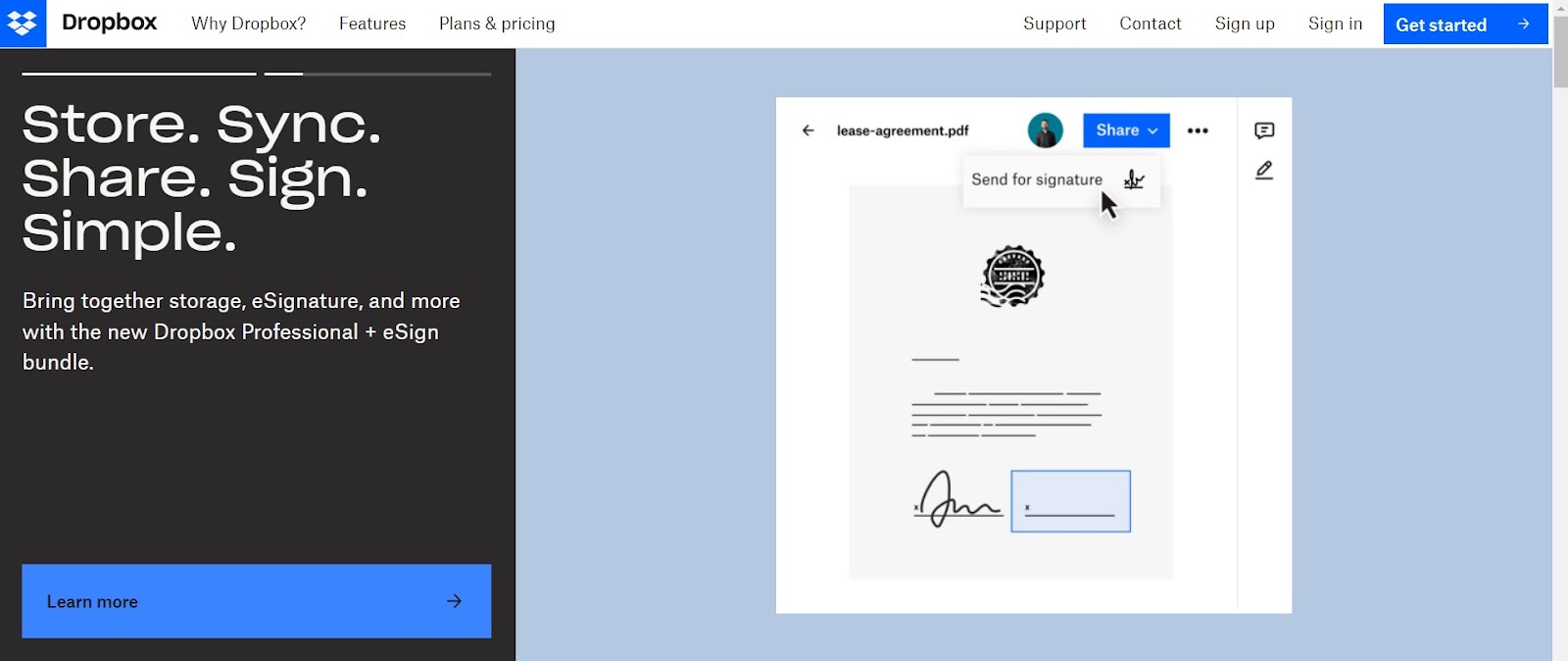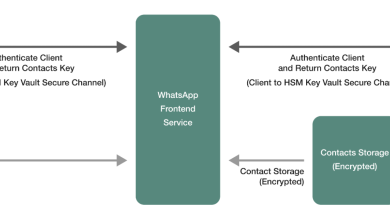How to Develop an Effective Growth Marketing Strategy

A growth marketing strategy is a step-by-step map to accessing exceptional opportunities as a growing brand. Growth marketing focuses on customer relationship building, fostering long-term loyalty, and creating the foundations for brand development in the future.
In a world where around $200 billion dollars is spent collectively on marketing each year, it’s difficult for any company to stand out – particularly if you’re just getting started.
For any chance of true success, companies need to ensure their marketing strategy isn’t just creative and impactful, it’s also infused with opportunities for growth. A growth marketing strategy is a breeding ground for word of mouth, organic brand development, and customer acquisition.
Let’s explore how you can develop a growth marketing strategy.
What is Growth Marketing?
Growth marketing is a long-term strategic approach to advertising which focuses on building relationships with your audience. Rather than taking a set-it-and-forget-it approach to advertising, like traditional marketing campaigns, Growth Marketing involves thinking about how you can constantly optimize and tweak parts of your campaigns.
By taking a holistic and data-driven approach to advertising, growth marketing unlocks new opportunities for leveraging brand advocates and evangelists, using end-to-end funnel optimization to enhance the full lifetime value of your customers.
Done correctly, growth marketing goes beyond the standard sales and marketing funnel, to create a new view of the customer journey, known as the “pirate funnel” (AAARRR). Instead of just looking at awareness and acquisition of customers, growth marketers look at:
- Awareness: Reaching the right people with your campaigns
- Acquisition: What kind of people visit your website?
- Activation: How many people actually interact with your brand with an important step, like posting a comment or installing an app.
- Retention: What percentage people keep coming back to your company?
- Revenue: How many people start spending money, and how much do they spend?
- Referral: Transforming customers into brand advocates.
Why does your business need growth marketing?
Used correctly, growth marketing adds value all the way through the marketing funnel, by attracting your users, engaging them, increasing their lifetime value, and converting them into champions for your brand. With this data-driven approach to marketing, you can:
- Increase customer retention: Growth marketing helps you to hold onto the customers you want to keep around for longer. Remember, existing customers spend around 31% more when making a purchase compared to new customers.
- Improve customer lifetime value: By optimizing your marketing campaigns with a focus on customer relationships, growth marketing helps you to generate more sales from existing customers. It also actively increases profits. Boosting retention rates by just 5% leads to a 95% increase in profits.
- Outshine your competition: Demonstrating a commitment to both your existing audience and future customers helps you to stand out from your competition. The data analysis you’ll use with growth marketing can also help you to see areas where your competitors are missing out on serving your target audience.
- Improved ROI: By making your marketing strategy more data-driven, you ensure you’re investing your advertising budget into the campaigns most likely to achieve the best results. This also means you spend less time and money on strategies that don’t work.
- Better branding: Growth marketing can help you to better identify the brand elements which appeal to your target audience, so you can build a stronger identity. This can lead to a better ability to capture new customers in the future.
How Do You Develop An Effective Growth Marketing Strategy?
Growth marketing is highly data-driven approach to marketing which focuses on optimizing each stage of the “pirate funnel” with regular testing. Before you can start your growth marketing strategy, you need to access a reporting system or analytics technology which will allow you to track the impact of the changes you make to your ad campaigns.
With your analytics technology, collect baseline metrics for each of the 6 pirate metrics
- Awareness: How many people know your brand?
- Acquisition: How much traffic do you get to your website/ online presence?
- Activation: How many conversions do you get for things like newsletter subscriptions, or people reaching out asking for a quote?
- Retention: How many repeat customers do you have, compared to new customers?
- Revenue: What’s the average lifetime spend of each customer?
- Referral: How many of your customers are acquired through word of mouth?
Once you have this baseline data, you can identify which areas you’re excelling in, and where you need to improve.
Step 1: Set Goals for Each Category

If you’re starting your growth marketing strategy from scratch, you may want to make improvements in every area of the 6 mentioned above. This means setting distinct goals for each category, and working towards those goals one at a time.
For instance, if you want to boost awareness, you might decide you want to improve traffic to your website or impressions on your ad campaigns. The goals you set for each campaign should be “SMART”, or specific, measurable, attainable, relevant, and time-bound.
For instance, if you want to boost revenue, your goal might be: “I want to improve the average spend of each customer on my website by 10% by the end of this year.”
In order to achieve your goal, you’ll need to create specific milestones and checkpoints which allow you to evaluate your progress. This means using your system of measurement (such as Google analytics, or social media analytics tools) to check your progress every so often.
Step 2: Design and Conduct Experiments
Growth marketing relies heavily on the use of experimentation to optimize and improve your advertising campaigns. Ideally, if you’re just getting started with growth marketing, you’ll want to start by focusing on a single experiment at a time.
Look at the part of the pirate funnel where you’re having the most trouble, and create a hypothesis, or question. Such as: “Why aren’t we getting a lot of referrals for our X product?”
Using this question, you can begin to conduct research into your question to discover reasons why you aren’t achieving your goals. For instance, you might find you’re not giving your customers enough rewards for referring new clients to your store. You would then develop a hypothesis that offering more rewards (such as discount codes or free gifts) would lead to more referrals.
Using this hypothesis, you can test your belief by offering a certain number of customers in your repeat client list access to a higher quality or number of rewards. You can then compare the number of referrals you get from this group with the baseline you had at the beginning of your experiment.
It’s worth making sure you run your experiment for a specific timeframe until your results have statistical significance. For instance, giving your customers extra benefits for referrals may initially lead to a huge spike in referrals which tapers out over time.
Remember to only test one variable at a time. The more variables you’re looking at, the more difficult it is to conclusively identify why you’re seeing certain results.
Step 3: Analyze Results and Make Changes
Collect the information gathered from your experiments and compare the results to your initial hypothesis. Ask yourself whether you’ve discovered the solution to your problem and reached your goals, or whether you need to conduct another experiment.
If your experiment didn’t deliver the results you expected, ask yourself why this might be. Is it simply that you assumed something incorrect about your audience and marketing strategy, or did you conduct the experiment incorrectly, leading to skewed results?
If your experiment exceeded expectations or validated your hypothesis, consider how you can use your findings to improve your marketing efforts. For instance, if you’ve discovered that using more Facebook advertisements helps to drive more awareness to your website and generates conversions, can you increase your budget for Facebook?
When analyzing your results and implementing changes, make sure the data you’re using is as accurate and relevant as possible, without any outlying data points. Try to account for things like standard changes in sales and conversions caused by seasonality or current events.
Once you’ve implemented your changes, the next step is to simply keep testing. Growth marketing is a dynamic process that requires consistent analysis, optimization, and improvement.
An Example of Growth Marketing Success

One of the best ways to understand and implement growth marketing as a strategy is to examine the performance of previous companies. Let’s take a look at how one company used growth marketing and growth hacking strategies to achieve success in the past.
Dropbox, one of the market leaders in data storage and sharing solutions, broke free from the lengthy sales cycles often associated with SaaS by growing its revenue from $116 million to $1.1 billion in just 5 years. The company did this by offering access to their tools for free if a customer referred a friend to the service.
Whenever a customer referred a friend to the software, they were able to access a higher amount of storage space, and the referred friend got free storage space too. New signups increased by 60%, and Dropbox created relationships with customers which led to greater lifetime value.
FAQ
What is the difference between digital marketing and growth marketing?
Digital marketing focuses specifically on attracting awareness from a target audience, while growth marketing focuses on capturing your audience, developing their customer lifetime value, and converting them into long-term advocates for your brand.
What is the most important part in growth marketing?
The most important part of growth marketing is to measure, analyze, and optimize. Growth marketing is built on a data-driven approach to advertising, which focuses on conducting experiments, learning from analysis, and implementing constant changes.
Where to hire the best growth marketers?
The best growth marketers are experienced professionals with clear evidence of their experience and skills. These pre-vetted freelance growth marketers can be hired through Toptal, a platform connecting top marketing professionals with companies looking to scale or those looking to achieve great results on a particular channel or marketing tool.
Create Your Own Growth Marketing Strategy
A growth marketing strategy allows businesses to take a proven, data-driven approach to connecting with their audience and generating results online. Rather than just achieving short-term awareness and results, you develop the foundations for deep relationships with your target audience, which eventually lead to significant revenue and referrals.
Of course, the data-driven nature of growth marketing also means it can be hard to achieve the right results on your own. Often, you’ll need the support of an expert to get the right results.



